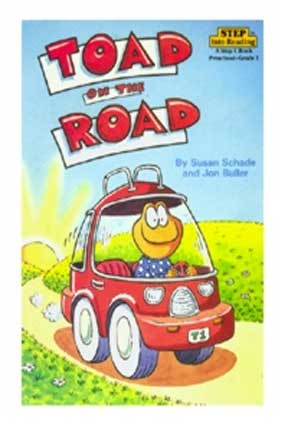A balanced approach to word identification is important because if we take only a skills approach and forget about the meaning the book has or when we don't tie in our personal experiences with the books we read, why are we reading them? We all read textbooks because we have to, kids read books they enjoy. I have seen teachers give kids books that they had to read. The kids liked the books for the most part, but a certain few did not enjoy what they were reading. For these students, reading was not fun. Teachers have changed the way they think about choosing books for the students. Kids are now allowed to choose a book that interests them. The kids are then tested by computer or written test to see how much of the book they comprehended. Book reading should never be forced because it is something that we can enjoy for a life time. Books can take us to places that we may never get to see.
I have found that when you have a balanced approach to word identification you can figure out most any word and it's meaning. Take for instance the word "hen". When you read the Little Red Hen book the kids might not know that a female chicken is a hen. They look at the short vowel e in the middle of the word and say hen. Then the kids will look at the pictures of the animals in the story and figure out the animal that they are not familiar with (hen) must be the chicken on the page because no where did it say "The Little Red Chicken".
My artifact is an article from Science Daily explaining how the early word recognition is key to life long reading skills. The earlier a child begins to see and hear stories being read to him/her the better off their chances are to ease into reading and love to read. Even babies can mouth books and look at the colorful pictures within the binding.
http://www.sciencedaily.com/releases/2009/05/090506093952.htm
I am including some books that focus on short vowel and long vowel sounds and early reading fluency.

Easy reader books are fun to read and promote a sense of accomplishment to an early reader.
